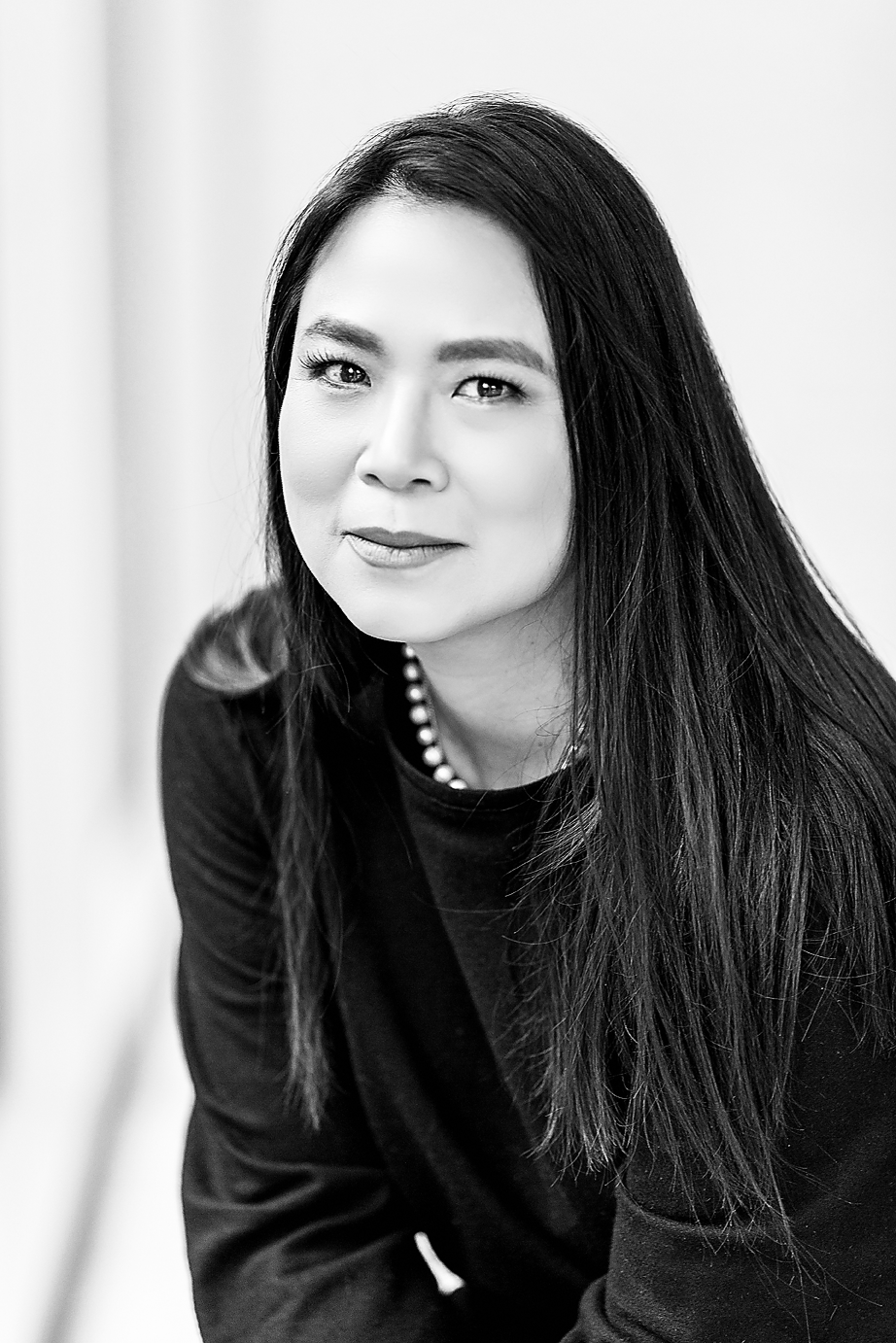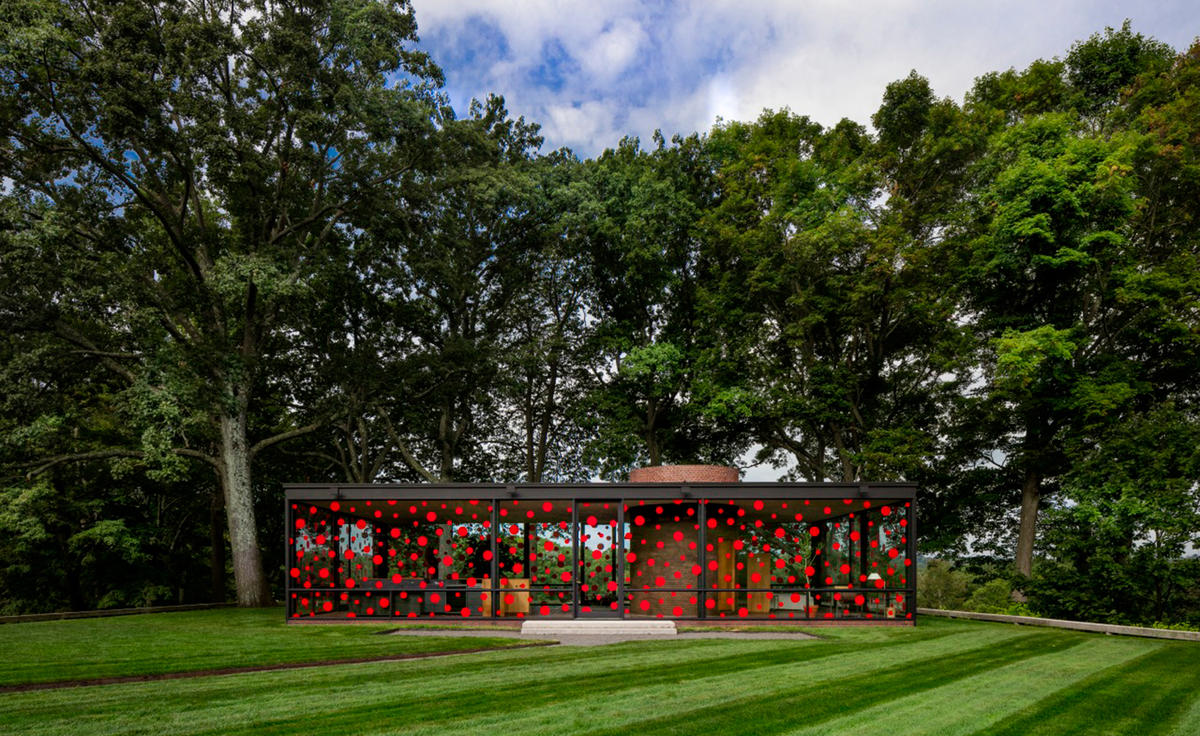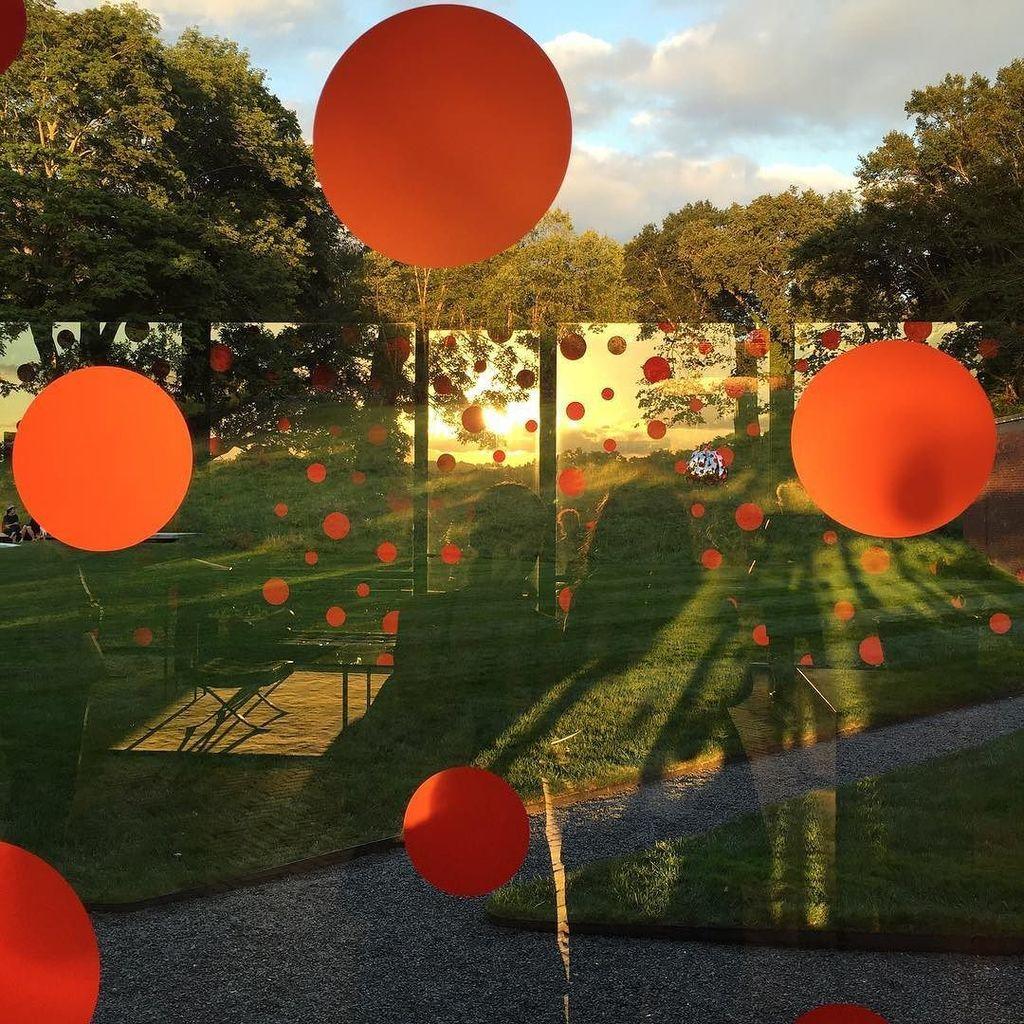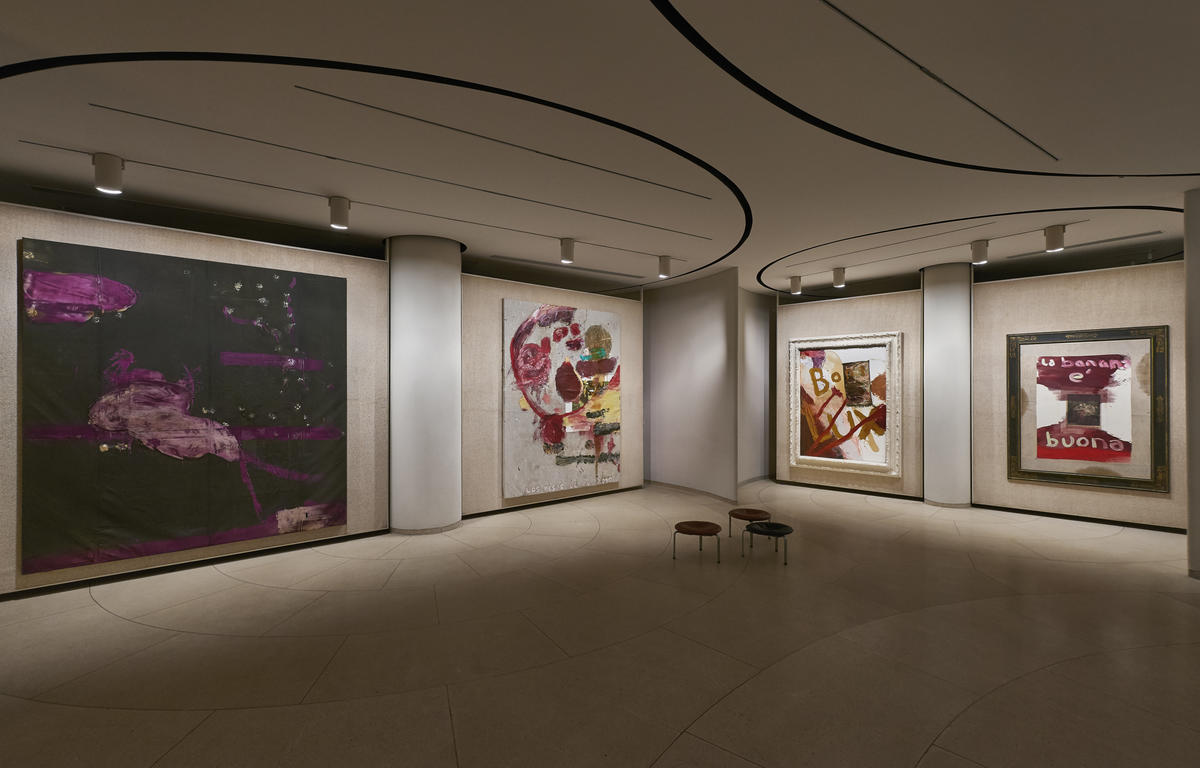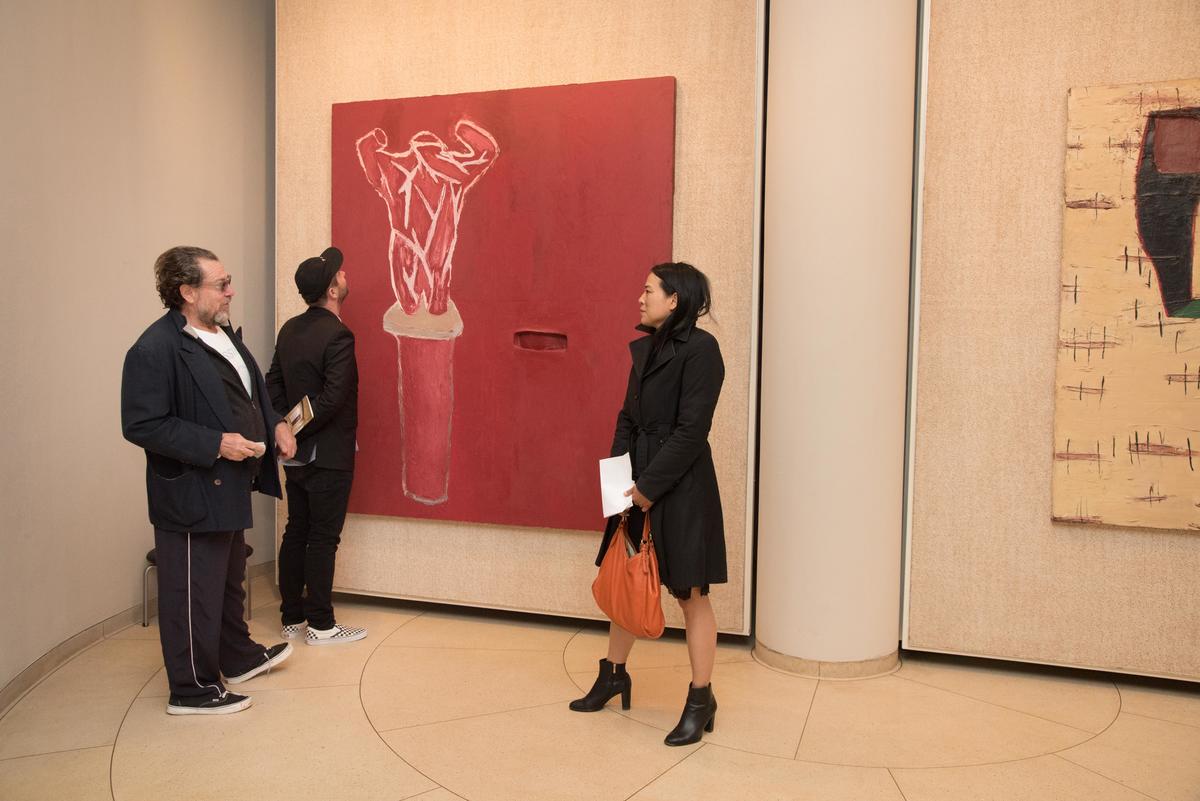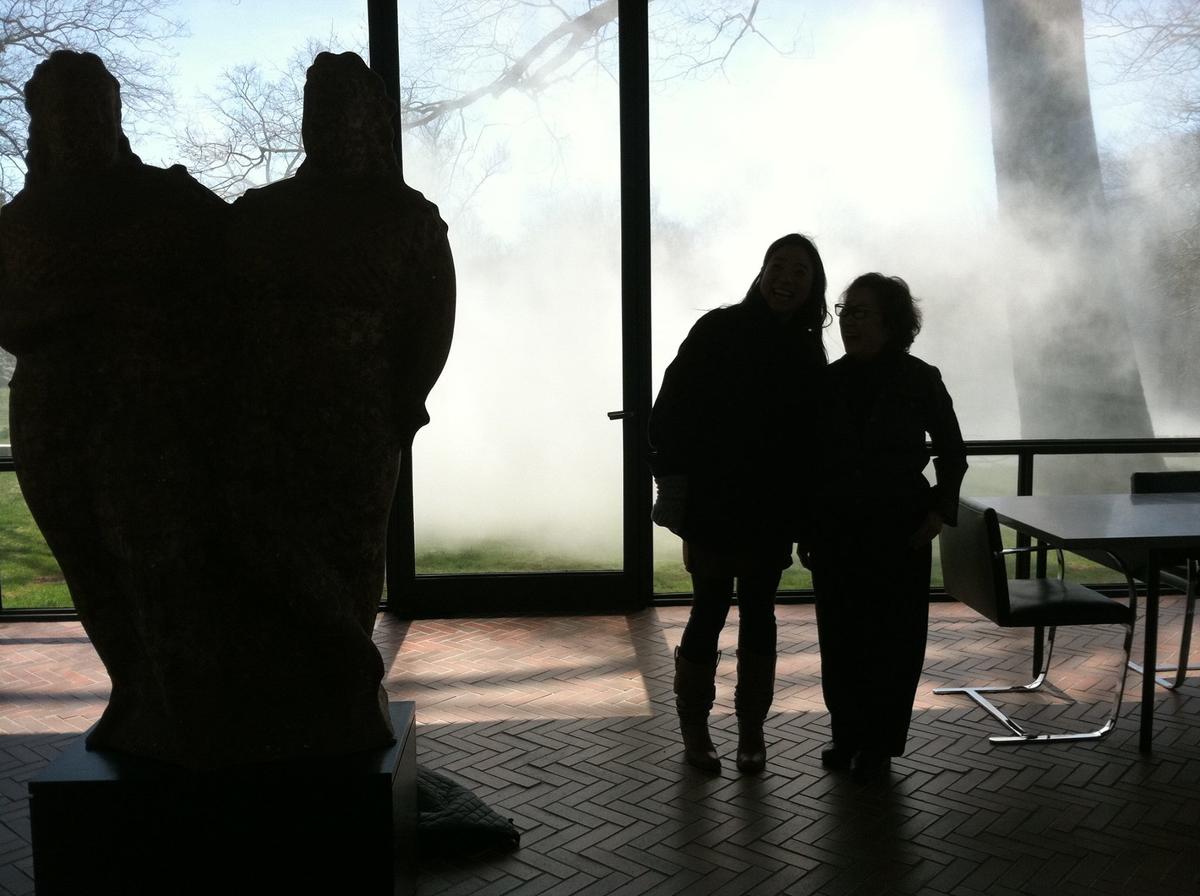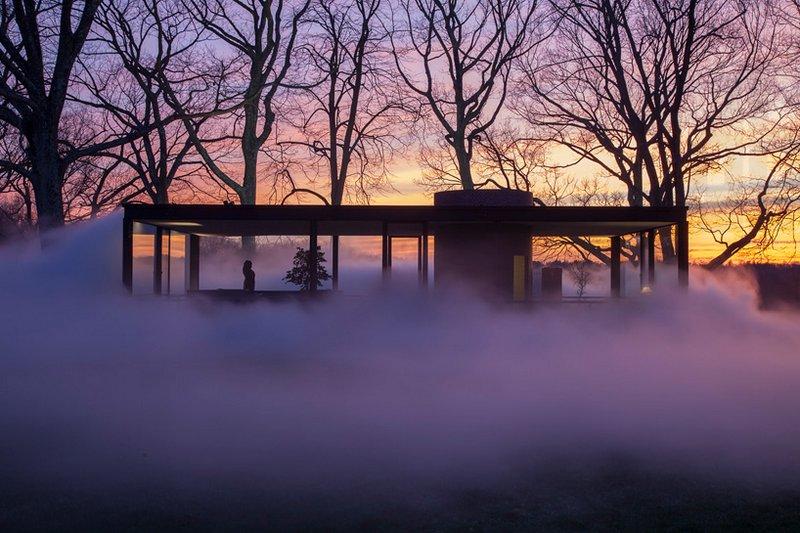[Lede image: Artist Frank Stella and Irene Shum at Shum's installation of "Frank Stella: A Retrospective," at the Whitney Museum of American Art, in 2015]
In early February 2020, Irene Mei Zhi Shum ’93 became executive director of Art in General, a New York City-based nonprofit organization that organizes programs and exhibitions of local and international artists of all ages, races, religions, genders, and ethnicities. “Irene’s experience in creating content, building organizational capacity, and strategic planning makes her the ideal candidate,” co-presidents Leslie Ruff and Roya Khadjavi Heidari said in a press release. “Her work is thoughtful, fearless, and fun.”
As a curator for the last 15 years, Shum explores the intersections of art and architecture. Prior to Art in General, Shum worked at the Museum of Modern Art and the Whitney Museum of American Art and was the inaugural curator for the Philip Johnson Glass House, a National Trust for Historic Preservation site in New Canaan, Connecticut. She uplifts Japanese artists, organizing and securing funding for the large-scale, site-specific exhibitions “Fujiko Nakaya: Veil” (2014) and “Yayoi Kusama: Narcissus Garden” (2016), as well as Glass, a sound performance by composer Ryuichi Sakamoto and visual artist and musician Carsten Nicolai, known as Alva Noto, that was released in 2018.
In celebration of Asian/Pacific American Heritage Month (May), we offer “5 Questions with …” Shum, in which she reveals her inspirations, top hangout spots from her days at Barnard, and favorite projects.
What inspires you?
My passion for art began in early childhood. I loved looking at books on art. I would spend a lot of time staring at the pages, entering the image, and inhabiting its spaces. It made me wonder and engaged my imagination. I loved art-making as well. When I was older, during high school, I spent my Saturdays in New York City visiting galleries and museums, methodically working my way through the MoMA and the Met, a few galleries per visit. I loved those times, so attending Barnard and working in the museums after graduation seemed and felt like a natural progression in my personal development.
What’s the most illuminating or helpful advice you received at Barnard?
During sophomore year, I took a graduate lecture course taught by Professor Kenneth Frampton at the architecture school. I admired his research and writings, so I was really excited to study with him. When we met to discuss the topic of my paper, I presented an overly ambitious abstract, which I now find laughable. His response was, “Irene, that is not a paper. It is a [doctoral] thesis. If you try to do that, you will fail. You don’t learn through failure. You learn through success. One success at a time, like stepping stones.” Those words stuck with me. They were not only about the paper, they were about life, too.
What was your favorite hangout spot when you were here?
On campus, during school hours, there were several places I would like to be: sitting on the steps of Barnard Hall or Low Library in between classes, studying in Avery Library, and having lunch with friends in the now-demolished McIntosh Student Center [where the Diana Center now exists]. Off-campus, I absolutely loved the original, long-shuttered Café Pertutti. It was where I would often go with friends in the evening, after finishing the night’s homework.
What most excites you about being a curator?
I especially love working directly with artists on new commissions and projects. It is a privilege to sit down alongside artists and talk with them, learning what they would like to do, then figuring out what needs to be done to produce the work, in order to realize their creative vision.
What is one of your favorite projects?
All of them. Contributing to “Temporarily Possessed” at the New Museum made me want to curate exhibitions, and “Groundswell” at MoMA was my first big break as a curator. I am especially proud of my site-specific projects with Fujiko Nakaya, Yayoi Kusama, and Ryuichi Sakamoto with Carsten Nicolai at the Glass House. I’m also proud of my work with filmmaker Derrick Belcham, in particular the music video “Otis Walks into the Woods.” Any project that Frank Stella or Bruce Nauman want to rope me into, no matter how small my contribution, is an automatic “yes,” no questions asked.
— SOLBY LIM ’22
